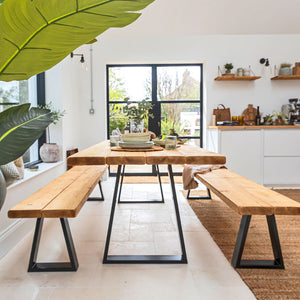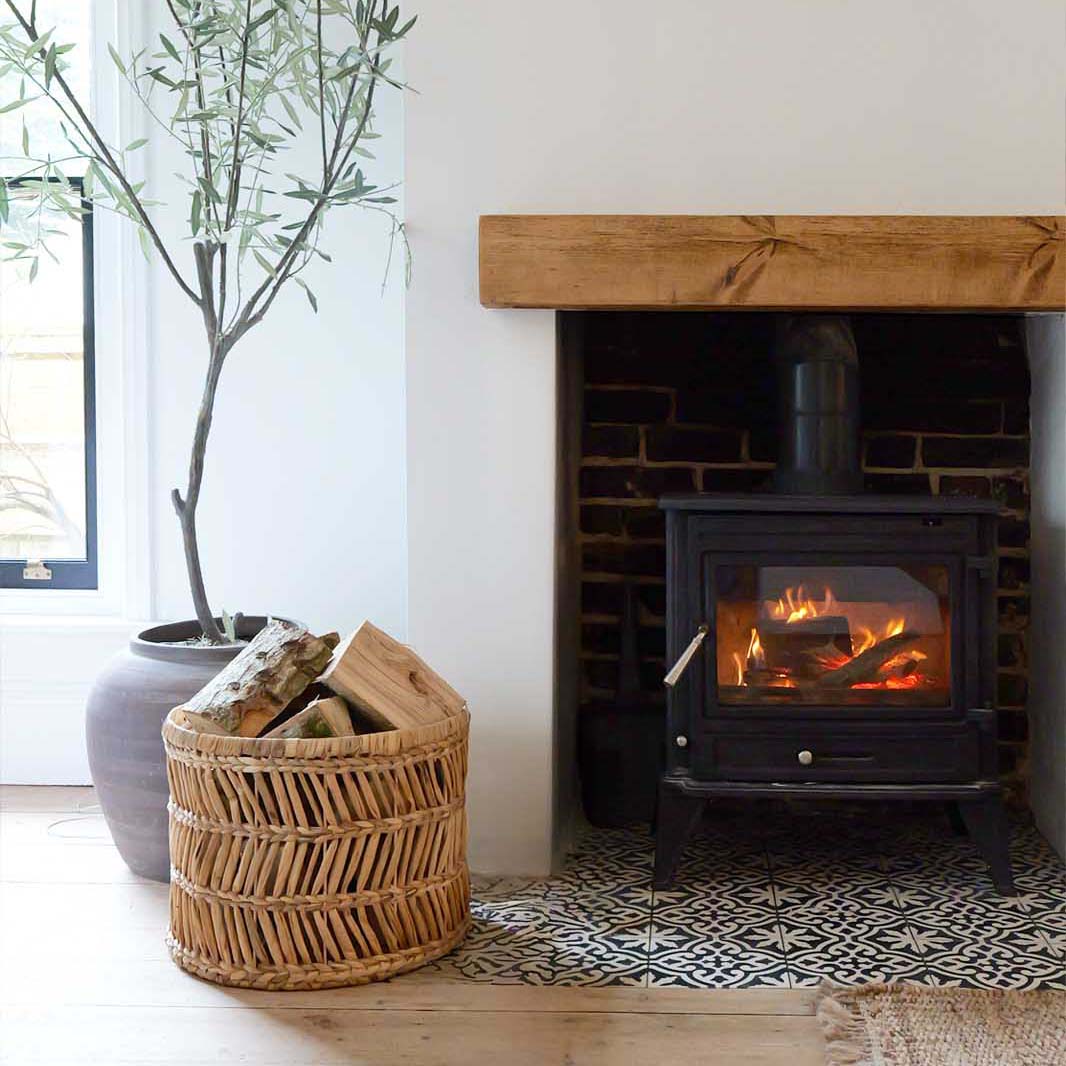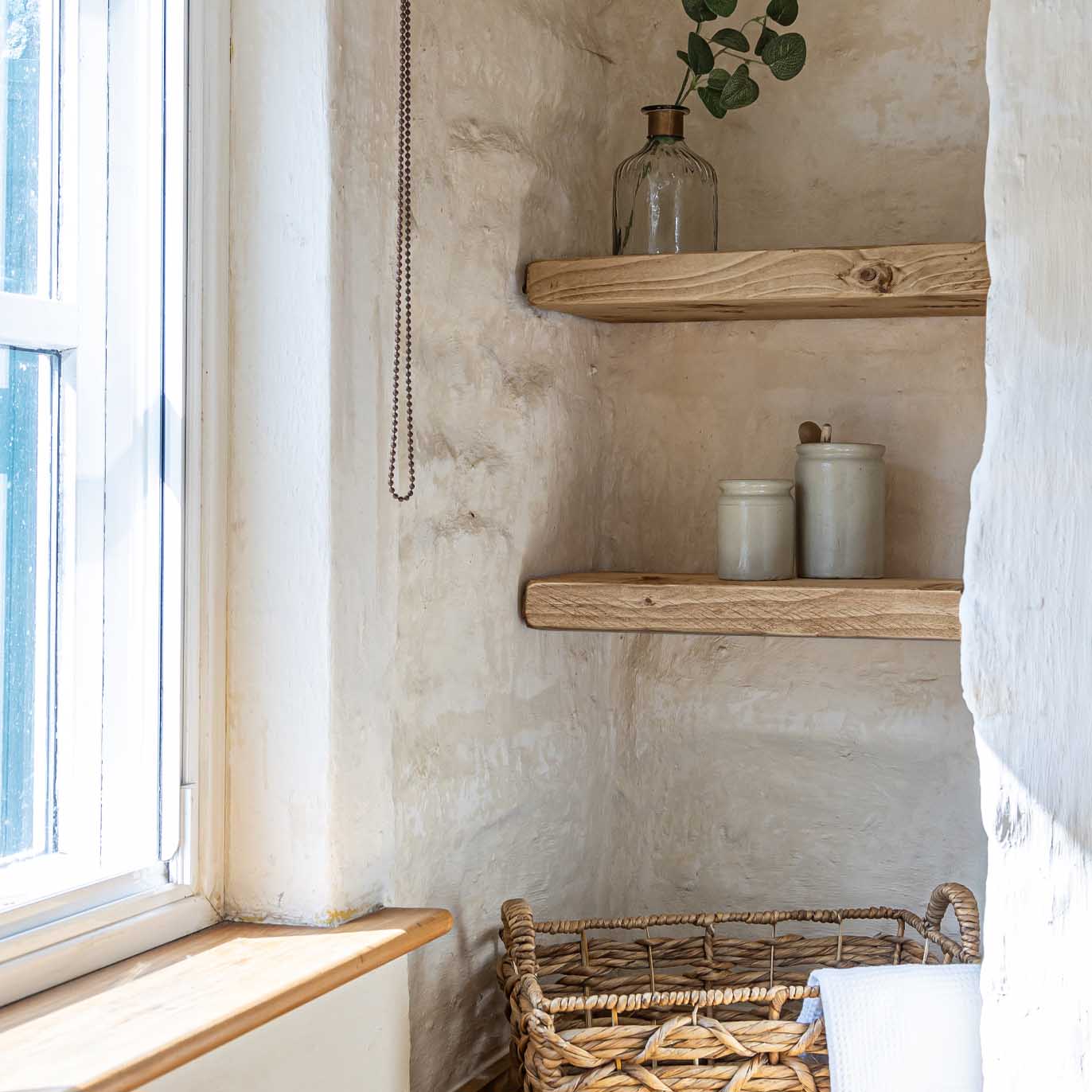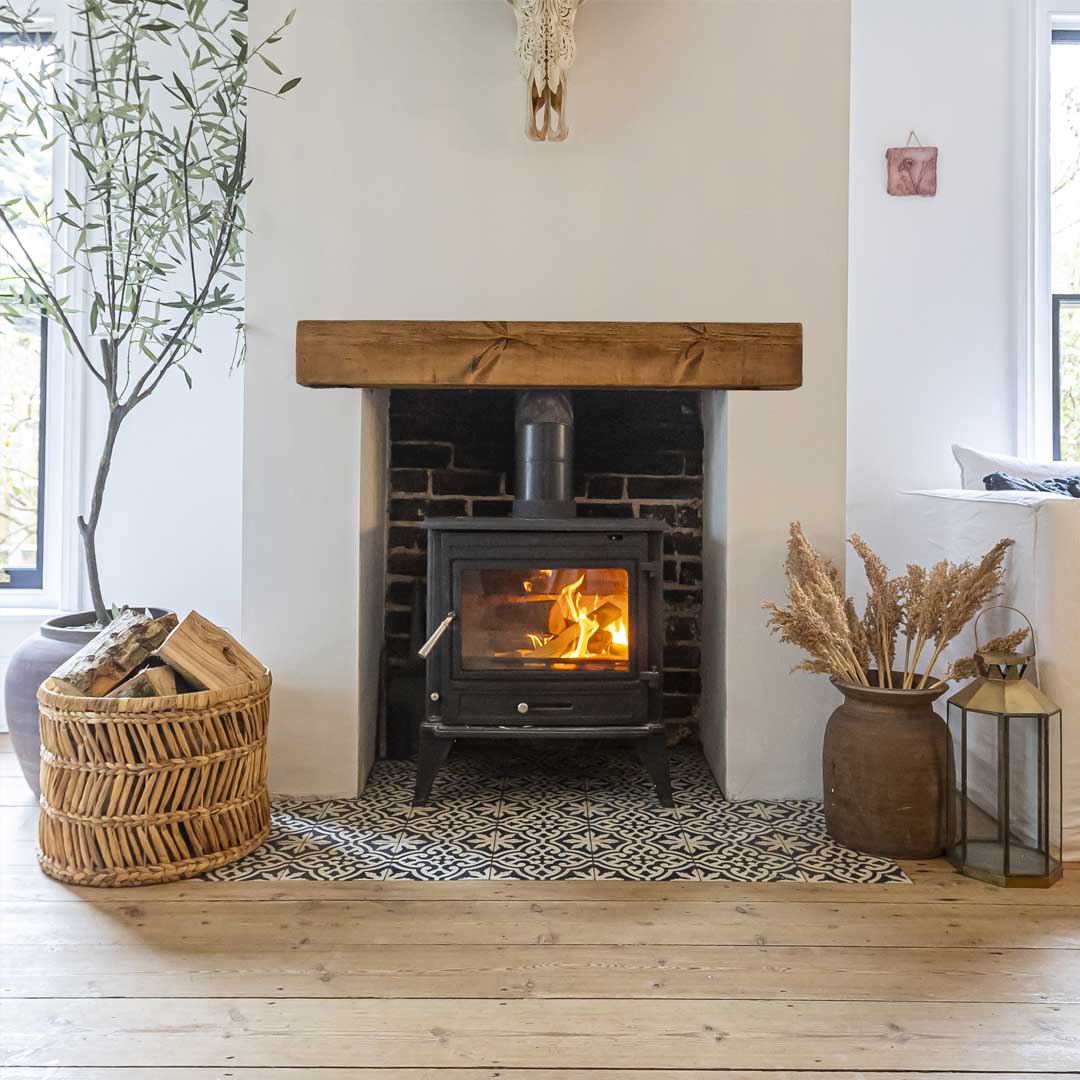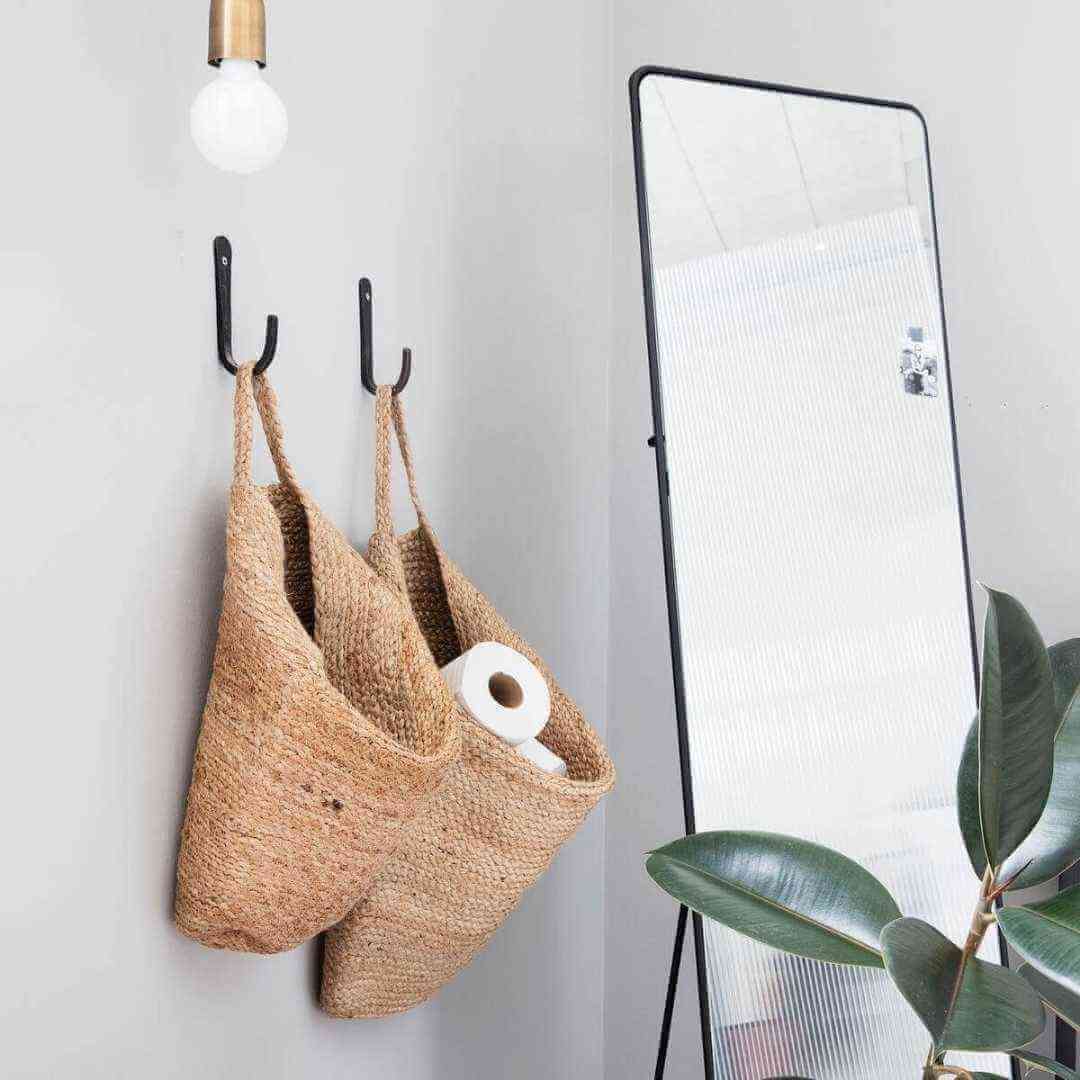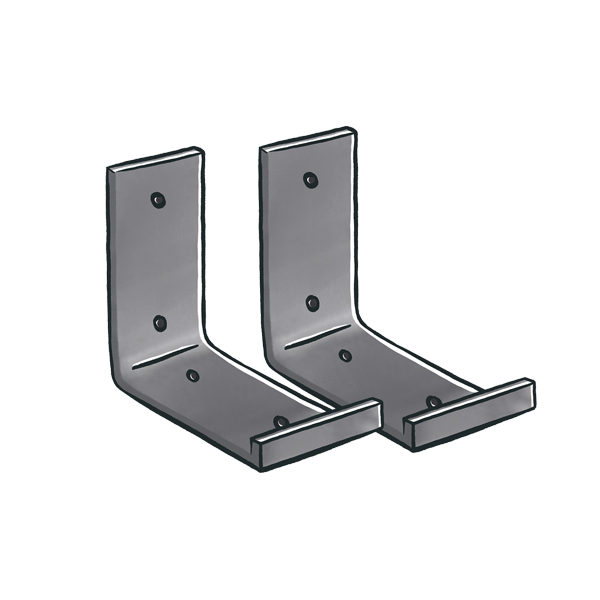
Dawn Matthews | Aug 20, 2024
How To Transform A Room Into A Home Office
10 Minute Read
Remote work has been growing in popularity for years, and with so many benefits, we don’t see the trend dying off any time soon. Whether you work for yourself, completely remotely, you have the best of both worlds with a hybrid model, or perhaps you’re studying part time, a home office is a must for many of us. In this post, we’re going to take a look at how to create a home office that is both functional and aesthetically pleasing.
Why should you have a dedicated home office?
Working in communal areas of your home can be distracting; there’s plenty that can make you lose focus. You’re more likely to be productive if you can work in a dedicated space, and that you can close the door on when you’re finished for the day. Not only that, but working at the kitchen table or on the couch isn’t ideal for your spinal health when working for longer periods of time.
Which room is best for your home office?
It all depends on your home. Rooms that are often transformed into home offices include dining rooms, formal living rooms, attic spaces, and spare bedrooms. There’s a good chance that you already have a room in mind for your home office, but if you haven’t, and you have several spaces that you could use, then these are the factors that you might want to consider when making your decision.
⏺ Natural light: Rooms with big windows and plenty of natural daylight are likely to help you be more productive, and help you avoid the risk of Seasonal Affective Disorder (SAD) in the winter.
⏺ Privacy: If your work has any element of confidentiality to it, or you need to keep family members out to help maintain your focus, make sure that you can shut the door and lock it if necessary.
⏺ Space: Which room has enough space that you can have a really good office desk and comfortable chair, plus any additional storage you need?
⏺ Comfort: Converting and working in your loft might be a great idea in theory, but is it going to be warm enough in the winter and cool enough in the summer? The same question applies to other spaces.
If you’re lucky enough to have a big enough garden that you can have an office in your garden, then this is definitely worth considering. Pre-fabricated summer houses are relatively affordable (certainly compared to the cost of building an extension) and being able to work in a space away from the distractions of the main house can be wonderful, especially during the summer months when you can work with the doors open. During the winter, you’ll want to ensure you have sufficient insulation and heating. We wrote about creating a garden office before – so if you have a summer house, conservatory, or even an outhouse or large shed, you can read more about making the most of those here.

What furniture do you need for a home office?
The perfect desk is a must. Our choice (of course!) would be a quality solid wooden desk. Make sure it is the right height for you, and that it has a big enough surface area for you to work on. Even if you’re a laptop user, you might want an external keyboard and mouse, and an additional monitor, so plan accordingly. Measure the floor space carefully before you buy to ensure you choose the best size. If the room isn’t a standard size, look to companies that can make solid wooden furniture to measure – getting the perfect size bespoke wooden desk will ensure your space looks great.
A comfortable desk chair is essential. Particularly if you’re working from home a lot, and for long hours, you’re going to want an ergonomic chair that provides support for your neck and back. You don’t have to sacrifice style for comfort though – there is an ever-increasing number of stylish options that look great and won’t leave you needing to book a chiropractor appointment in just a few months.
Great lighting is a key consideration too. You might choose from a pendant light above your desk, or a floor lamp next to the desk, or a mix of lighting. A stylish desk lamp is a good idea too, to help avoid eye strain. If you have a lot of video calls, you’ll want to consider which direction the light is coming from, and have a light you use specifically for calls – you want to look good on camera! A top tip if your office doesn’t get much natural light is to use daylight bulbs in your light fixtures to mimic the brightness of midday – it can help you be more productive.
Functional and beautiful storage such as shelving is key too. Whether you need to store books or paperwork, or you simply want to use it to add style to the space, then a great shelf or two, a bookcase, or a stylish filing cabinet could be the perfect addition.
Finally, if you have space, a sofa or easy chair with a coffee table can be a good addition for conference calls that you don’t have to be on screen for. You can relax with a hot drink (or maybe a glass of something stronger at the end of the day!) and take part in comfort.
When you’re choosing your furniture, we always recommend buying high pieces made from sustainably sourced wood. Not only is it better for the planet than buying mass-produced pieces made from engineered woods or plastic, but it looks better, is easier to repair (should the need arise), and is much more likely to last longer too. If your budget is tiny, consider buying gently used second hand pieces or buy a piece to refinish – there are tips for restoring wooden furniture in this post.
What colour is best for a home office?
It depends on your personal preference, and maybe the industry you work in. Neutral shades such as white, cream, beige and grey (and all those “greige” shades in between) are ideal if you prefer a minimalist background that looks professional on camera. You can bring colour in by adding art work, accessories, and soft furnishings that are out of shot.
Sheer pastel shades can be a good option in smaller home offices, since they help the light to bounce around, while bigger rooms might suit darker, more striking shades of deep blues, greens, or even charcoal.
How can I create a tiny home office if I don’t have a room to spare?
If you’re in a small home and don’t have a room you can dedicate to your office, these are our top tips for carving out a productive work zone, even in the smallest of spaces.
Identify empty spaces: Look for areas in your home that are underused, such as a corner of your living room, an alcove in your bedroom, or even a wide hallway. These spots can be transformed into a compact, yet efficient workspace; however, make sure you pick a place that you can focus without being easily distracted. That hallway might be wide, but if the children are up and down it all the time, you might not get much done!
Choose multipurpose furniture: When space is at a premium, invest in furniture that can be used in multiple ways. For instance, with the right storage nearby, a home desk in the bedroom could also be used as a dressing table.
Use vertical space: When floor space is limited, think outside of the box. With the right fixtures, larger shelves with sturdy brackets fitted at the right height can be used as desks; you might consider investing in a pull-down desk that fits to the wall; or you might even be able to make use of a cupboard to hide your home office away in.
Create boundaries: If you can, establish clear boundaries between your workspace and living space, even if they share the same room. A small room divider, curtain, or strategically placed bookshelf can help separate your office area when you are ready to step away from the PC at the end of the day.
Our final thoughts
The key to creating a great home office is, as always, to plan carefully. Choose the right colour for the walls, get furniture that fits both you, and the room perfectly, and finally, use accessories to personalise the space. This allows your home office to look professional on camera, and to be comfortable throughout the day. As we always say, this is your home – it has to be right for you.
If you’re looking for furniture made to measure, get in touch and tell us what you’re looking for. As we make all our furniture to order, we can accommodate most requests! Then, when you’ve set up your home office, if we’ve inspired you, share your photos with us on Instagram @bensimpsonfurniture.













